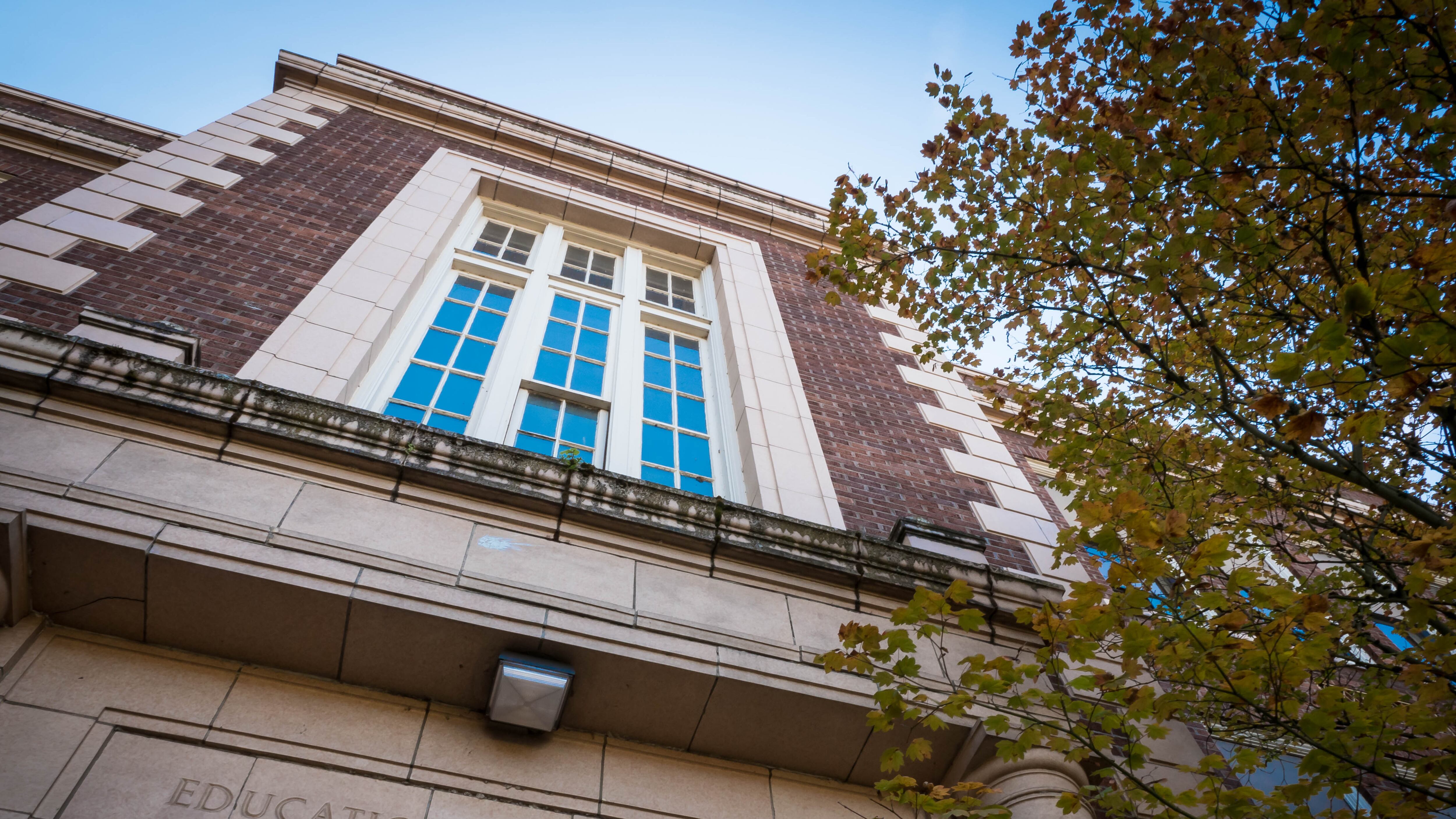In a Portland Public Schools Board meeting on Tuesday evening, just two weeks before the board is expected to vote to refer the district’s upcoming $1.83 billion bond to voters, a new proposal from the district’s Native American and Alaska Native community slid onto the table.
Members of the district’s Indian Parent Committee (the committee is required for PPS to receive federal funding) want the bond to help fund a Native Student Success Center. They’re asking for $40 million from the bond package to create a center to address PPS’s “disturbing” student achievement gaps; while 56% of third graders districtwide are proficient in reading, only 7% of Native American students are. Those disparities continue across math and science performance, chronic absenteeism, and graduation rates.
From the proposal, it’s unclear if the group wants $40 million from within the $1.83 billion bond package, or if it wants the board to add $40 million to that number. It would be up to the School Board to entertain expanding the bond package, though the majority of the board has not wanted to.
“For decades, and now on your watch, the academic success and holistic wellness of our students is solidly at the bottom,” Tamara Brown, Indian Parent Committee interim board chair, wrote in an accompanying message to the proposal. “With the lowest graduation rates of any racial group, we have come together to create positive change.”
It appears that the proposal for a Native Student Success Center was floated at some point in a School Board subcommittee meeting in spring, though some School Board members said Tuesday’s meeting was the first time they’d heard of such a proposal in depth. It sparked some anxiety for many members, who wondered how the bond—whose budget has already exceeded the board’s desired upper limit of $1.8 billion—would accommodate another $40 million.
“It seems like if we’re putting it in there, we have to take it out of somewhere else. I don’t see a lot of place to do that,” said board member Patte Sullivan. “Nobody would ever say they don’t want to have a special place for the Native American community, certainly not me. But I just don’t think the place for it right now is in this bond.”
Other board members say they were troubled by the rapidness of the proposal and its vague plans. The parent committee put forth a wide array of proposals, many of which related to improved instruction and school pathways for Native students; those are things that a bond, which funds facilities improvements, likely couldn’t touch. The committee’s request for a physical space is also not fully fledged: They presented the board with multiple options, including a standalone center to house tutoring programs or co-locating with a school undergoing modernization.
Several board members noted that vague planning has not always been the district’s friend. The Indian Parent Committee’s proposal follows a newly released audit by Sjoberg Evashenk Consulting, which concluded the district is well behind on developing its Center for Black Student Excellence. That initiative is similar to the one on the table for Native students. Funded by $60 million from a 2020 school bond, it is meant to improve outcomes for Black students. But auditors concluded it hadn’t spent any of its budget and was not on track to meet baseline plans.
Board member Gary Hollands said CBSE is serving as a pilot initiative for the district. PPS is still learning best practices from it, he said at the meeting. Because the project is still ongoing and the district hasn’t figured out how to best approach that center, he said it would be unwise to start another similar project.
“We’ll be doing a disservice for another community to put them in that same boat,” Hollands said.
Most board members agreed with a proposal PPS Superintendent Dr. Kimberlee Armstrong floated. Armstrong proposed engaging the Native community in a series of conversations to more concretely develop a vision for the student center, noting that the parent committee was open to co-locating with a school. The benefit of the upcoming bond package’s flexible language, Armstrong said, was that it could accommodate additions like these within a school modernization.
Board member Andrew Scott said that as the proposal stood, he felt the board would be performative in passing a $40 million line addition to the bond, and expressed similar worries that the project might end up like CBSE. “We all want to do something that makes it look like we’re doing something,” he said.
Scott suggested the board work with district staff and the community to properly develop a resolution. “It would be really important for this board to do something substantive, not just something that makes us feel good,” he said.
At the end of the discussion, it was clear most board members did not want to add the line item to the bond.
School Board members Julia Brim-Edwards and Michelle DePass held firm in their minority position that the upcoming bond should support the Native Student Success Center. Brim-Edwards said it was “very disappointing” to her that the board didn’t agree.
DePass added that in her view, CBSE was left intentionally vague in 2020 “to allow for the deep stakeholder engagement that you’d need” to come up with a plan. The two denounced Scott’s assertion that the action would be performative.
“We can do something, and it is more than performative because this community has asked for us to consider including a line item in our bond that puts a center,” DePass said. “They haven’t defined it. It’s going to require a lot more stakeholder engagement. And it’s rushed. And I think we could still do it.”
